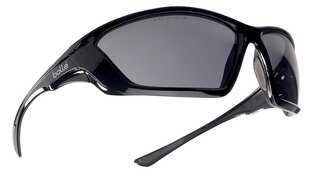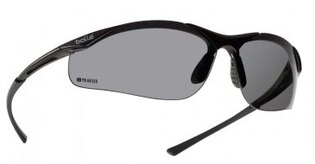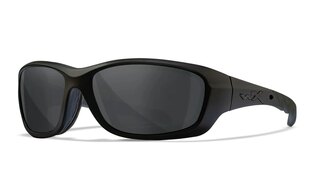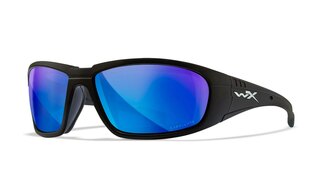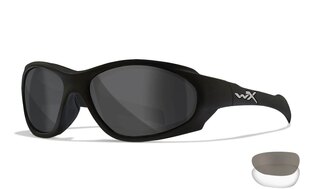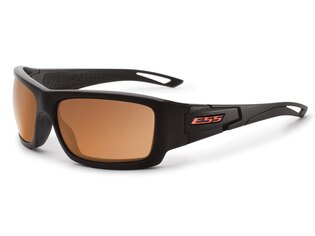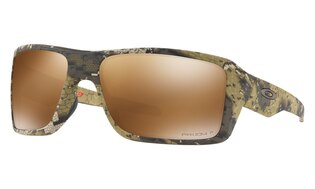Speed hiking - when regular hiking is not enough
If leisurely walks through nature bore you and you’d like to liven up your free time with an unusual activity, we have a tip for a new kind of speed tourism called speed hiking. Thanks to speed hiking, your trek will turn into an adrenaline activity, allowing you to visit many more landmarks and points of interest than regular hiking.
What is it about?
It involves walking at a fast pace, covering trails at a speed of approximately 5-8 km/h. Your gear is crucial; it must be well-suited to the fast pace, so forget about bulky backpacks and cumbersome shoes. The essence of speed hiking is best captured by the English term 'fast & light,' or fast and light.
Speed hiking vs trekking
- Speed hiking is mainly about speed and traveling with minimal gear and no large backpacks.
- Trekking, on the other hand, focuses on regular (slower) walking with a load. While trekking, you usually carry a larger load with a substantial supply of food and water on your back.

Speed hiking is mainly about speed and the joy of movement. Enjoying nature comes second.
What are the benefits?
Thanks to speed hiking, we get the whole body moving. Of course, the legs do the most work, but the arms are also engaged thanks to the poles, and not least the muscles in the trunk area work to balance and stabilize our body. The motion is also beneficial for our psyche, releasing hormones into the blood that induce a good mood.
Compared to regular walking, physical fitness also increases faster. Speed hiking is ideal for those who find it easier to relax with fast walking. Another advantage is that you can visit many more landmarks and interesting places thanks to the speed, which you would otherwise have to skip on your trips.
Does speed hiking have any disadvantages?
What might be an advantage for one in terms of higher speed could be a big mood killer for another. If you are one of those who want to enjoy nature at your own pace and prefer to slow down and escape from today's rushed world, speed hiking might not be the right choice for you. The most important thing is that being in nature makes you happy and doesn't cause stress.
What to wear for speed hiking?
The basics are quality shoes and clothing. There are several types of speed hiking footwear, and it’s up to you to decide which type to choose. Some prefer trail running shoes, while others opt for lightweight hiking boots and ankle boots. The choice of shoes should depend on the difficulty and condition of the trails you will be walking on. If the trails are in difficult and unmaintained terrain, it is better to choose shoes that will protect you in case of slipping or falling.
Equally important is clothing. During movement, you will probably sweat a lot, and there is nothing worse than walking in wet and steamy clothes. Choose clothes that are quick-drying, breathable, and lightweight. Also, pack a light, waterproof jacket just in case.
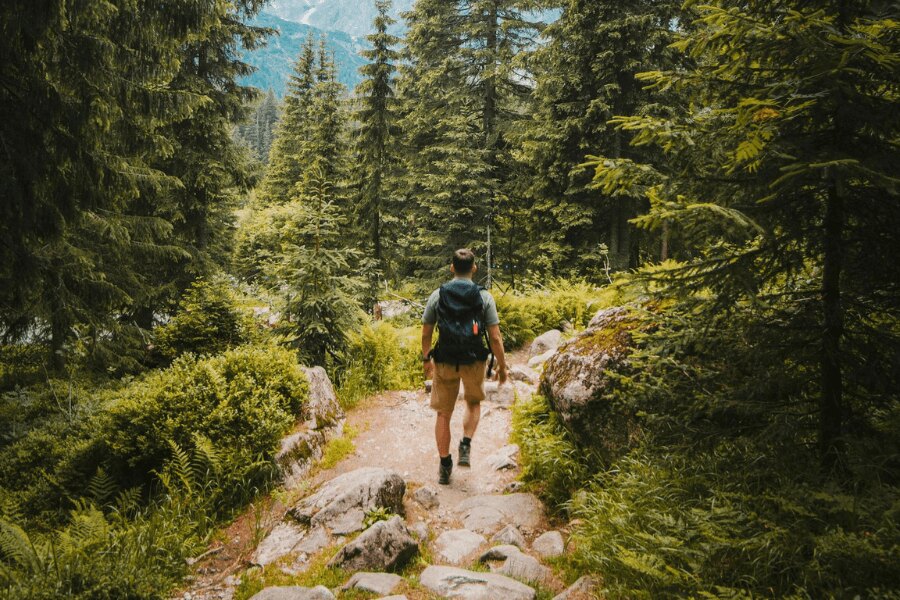
Pack only the essentials for speed hiking. No unnecessary items!
Only take the essentials
For speed hiking, an ideal backpack is a lightweight one with a volume of around 20 liters, which can comfortably fit emergency clothes, food and drink, a small first-aid kit, and other essential gear (multitool, paracord, etc.). Ventilated straps and a back panel are also advantageous, helping you avoid unpleasant sweating. It’s also important to have enough side pockets and pockets for a water bottle, which should always be within reach.
What else not to forget?
- Speed hiking poles - quality trekking poles will be a great support when tackling challenging trails.
- Sunglasses - eye protection is important not only for high-altitude hiking.
- Headlamp - anything can happen, and you simply can't do without light at night.
- First-aid kit - just enough basic equipment to treat scrapes, blisters, and disinfect wounds.
5 rules of speed hiking
1. Plan carefully
For your experience to be the best possible, you need to plan your route carefully. Speed hiking requires a fairly fast pace, and an unmaintained trail where you have to duck under fallen trees and avoid hordes of tourists can significantly slow you down.
Therefore, choose trails that are wide enough and well-maintained. Only in this way can you ensure that you can proceed at your pace without restrictions. When planning, also keep in mind the checkpoints where you can sleep or replenish food and drinks in an emergency. If you are just starting with speed hiking, we recommend not overdoing it at the beginning. Initially, test your fitness on a less demanding route and choose more difficult ones only when you are really sure you can handle them.

Plan your route and clothing carefully. It should be functional and versatile, not like in the picture :-)
2. Wear versatile clothing
We covered clothing above. So, the basics are waterproof, quick-drying, breathable, and lightweight clothing that will keep you dry and comfortable.
3. Choose suitable footwear
Running trail shoes, trekking shoes, or some hybrid? It all depends on the surface you will be walking on. If you plan to walk on rocky, slippery, and unpaved paths, shoes with ankle protection against sprains are definitely a good choice. On the other hand, hiking boots can slow you down on smooth and clear trails.
4. Consider the place to stay overnight
It is up to you whether you will indulge in the comfort of paid accommodation after a strenuous speed hike or prefer to sleep under the starry sky.
5. Take only the essentials
Every extra kilogram is felt during demanding walking. Therefore, pack only the essentials in your backpack, without which you will not manage on your trips. If you have trouble packing your backpack to be light, a quality backpack with a good back system can help, distributing the weight of your load better.
Readers are further interested































































































































